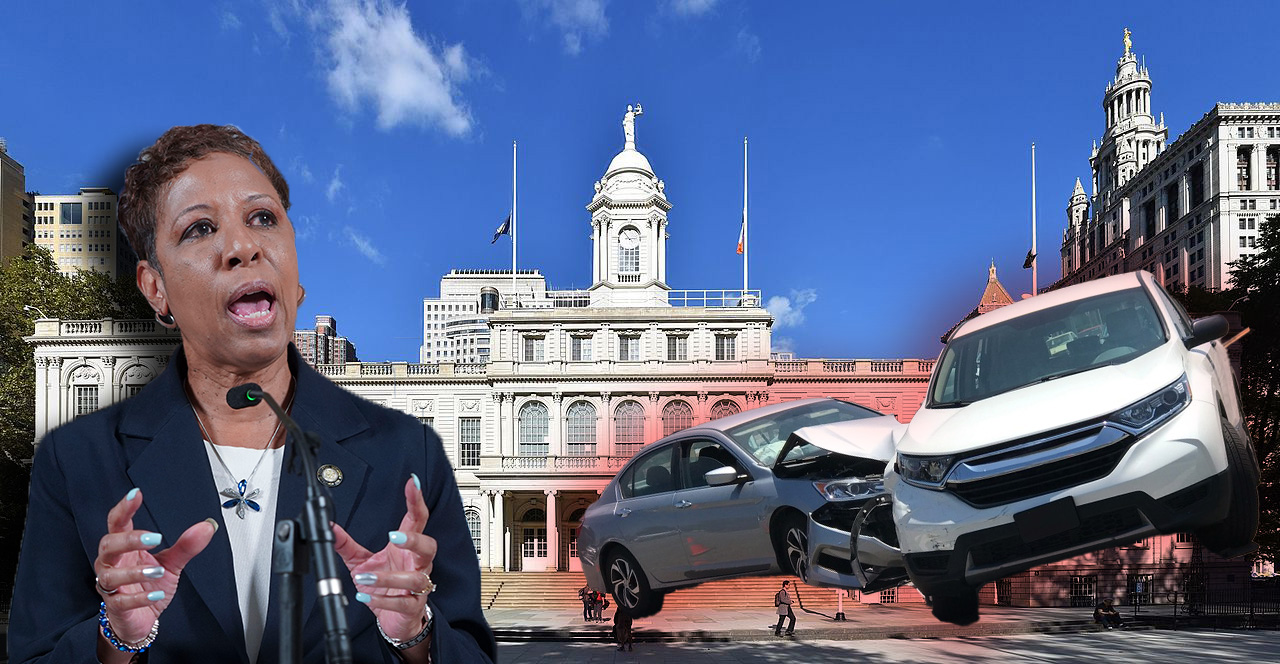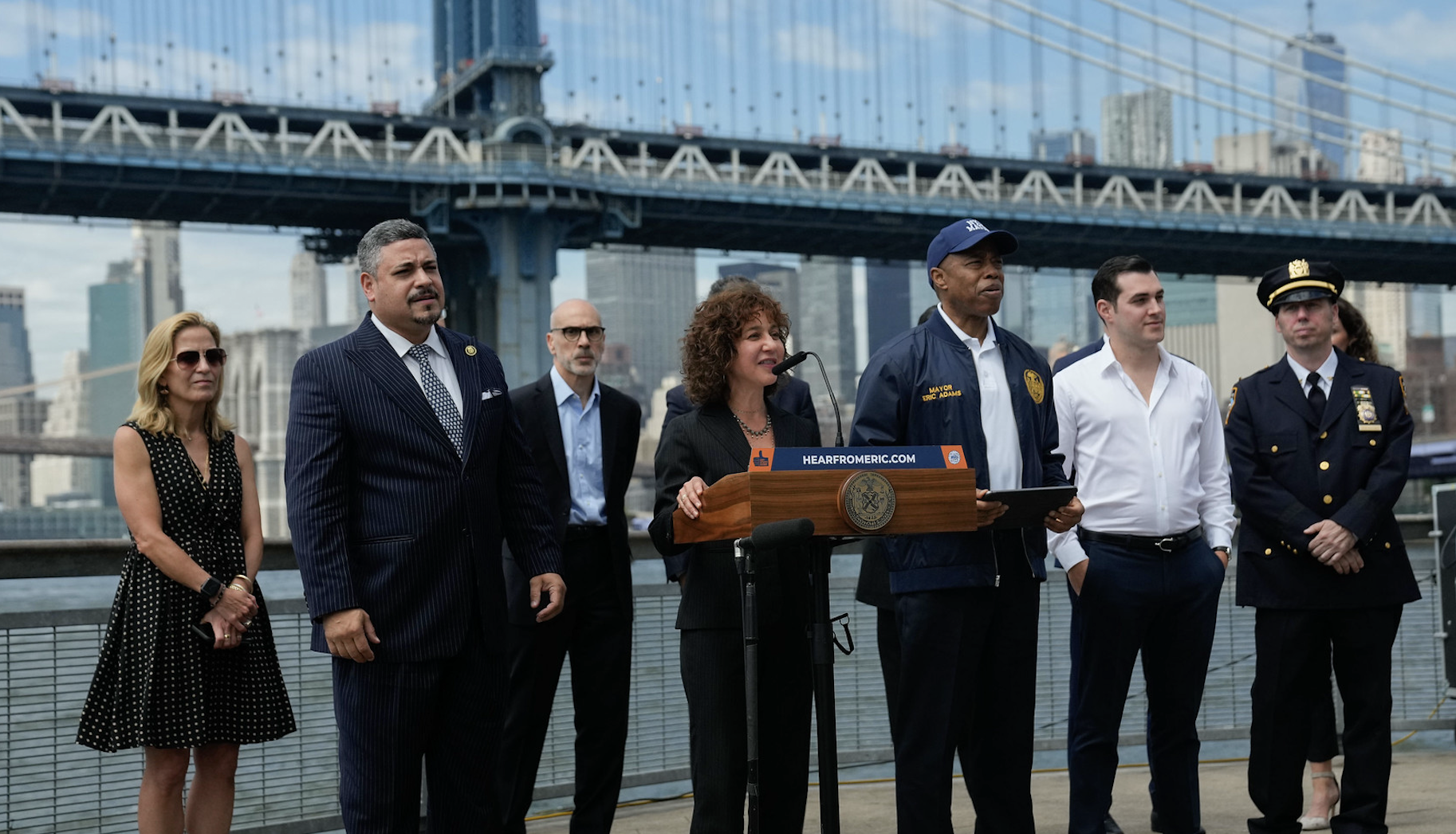When the Obama administration announced an ambitious revamp of transit funding rules to, as the Transportation Secretary put it, "take livability into account," urban planners and transit advocates alike were pleased -- but also uncertain.
 Baltimore's rail network, with the proposed new Red Line -- which could get a boost from the U.S. DOT's livability changes -- in the center. Click here for a larger version. (Map: Baltimore Grows)
Baltimore's rail network, with the proposed new Red Line -- which could get a boost from the U.S. DOT's livability changes -- in the center. Click here for a larger version. (Map: Baltimore Grows)Several pointed out that extra competition for existing transit money would have little impact without a bigger annual pot of funding. Still others wondered how exactly the U.S. DOT would go about judging the livability potential of various transit proposals.
The first of those concerns, the overall level of federal transit funding, is nearly impossible to address without a new six-year federal transportation bill. But the U.S. DOT made some headway on the second question yesterday.
While addressing the U.S. Conference of Mayors, assistant transport secretary for policy Polly Trottenberg was asked by the mayor of Clearwater, Florida, to outline how the agency might "quantify livability" in its upcoming rulemaking.
Trottenberg said U.S. DOT learned decision-making lessons from the TIGER grants, a $1.5 billion competitive program in the stimulus law that she said called for extra sets of hands from the EPA and HUD.
"Not everything can be measured," Trottenberg said, adding that her colleagues wanted to avoid making the "mistake of false precision."
She also addressed the pitfalls of relying on in-house economic predictions to assess transit projects. Several local rail lines have quickly exceeded initial federal ridership projections, casting doubt on the models used for the so-called New Starts program.
"Sometimes we've gotten so tangled up in the perfect mathematical science -- we did it in New Starts," Trottenberg said.
Though Trottenberg was careful not to predict the content of still-unwritten regulations, she described some livability questions that came into play last year and could be a factor as the agency writes its new transit funding rules.
"Is this project going to include all modes?" she said. "[Will the project] help boost businesses on Main Street?"
Trottenberg also fielded another telling question from the mayor of Bowling Green, Kentucky, who wondered how the federal government could help cities realign their transportation thinking in an era of shrinking budgets.
"One of the things the last administration discovered is that congestion pricing is a great idea economically ... politically, it's a tough sell," Trottenberg replied.
But the challenge of getting lawmakers on board for new road pricing wasn't dissuading the new deputy secretary. "What we're seeing now, with the current funding crisis, is that we're going to have to do some of that," she added.





